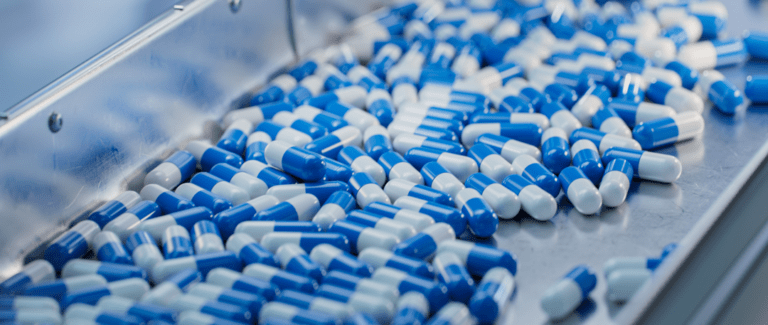Cleaning validation remains a key problem in FDA GMP inspections, as evidenced by warning letters issued to various firms for noncompliance with cleaning validation requirements.
Cleaning of equipment was originally included in the Code of Federal Regulations (CFR) as 21CFR211.67 Equipment Cleaning and Maintenance in 1978. Following that, more document recommendations on cleaning validation were developed, and now, cleaning validation is the primary focus of FDA GMP inspections.
In 2014, the FDA produced a thorough guideline on cleaning validation, titled Validation of Cleaning Processes, which includes a step-by-step approach for cleaning validation in pharmaceuticals. Manufacturers do their utmost to follow these regulatory criteria, but several warning letters are issued each year owing to noncompliances in cleaning validation.
Firms must prioritize cleaning validation above other validations such as process validation, equipment validation, and area validation. I mention this because noncompliance with other validations may have an impact on the product’s quality, but poor cleaning validation will undoubtedly contaminate the product with residues from prior ones.
Prior to any inspection, a company must verify cleaning validation documentation for:
Validation Procedure: A well-written cleaning validation process and standard operating procedure is a prerequisite. It should include a step-by-step approach for cleaning validation, a cleaning validation matrix, and a cleaning procedure with appropriate permission. Moveable and clean-in-place equipment must be recognized. Operators must be taught to clean both types of equipment.
Updated Documents: The cleaning validation process should be updated for the inclusion of new items as well as for identifying worst-case scenarios, as follows:
- Toxicological evaluation of a novel product
- Evaluation of new product’s solubility
- Evaluation of a new product for cleaning difficulties caused by raw materials or colors
- Evaluating new equipment for difficult-to-clean regions
Risk Assessment: A risk assessment for equipment cleaning should be performed in order to determine the risks associated with poor equipment cleaning during medical product manufacture. It will assist the organization if an imperfection is discovered in cleaning validation and cleaning procedures.
Acceptance Limits: The FDA has not provided any acceptance criteria for cleaning validation. It is not possible owing to the usage of many APIs and production equipment. It was computed using the toxicity of the API and the area of the equipment. Acceptance limits should be properly calculated. The FDA has warned many firms for doing incorrect calculations and overestimating outcomes after recalculation.
Analytical Method: The analytical method used for cleaning validation must be verified, and the limit of detection must be established. The analytical technique must be able to identify pollutants below the acceptable level. The FDA plainly states that a negative result may be discovered owing to improper sampling or analysis.
Cleaning Validation Report: The report must be prepared and validated by an authorized person. The report should include both the analytical method validation findings and the cleaning validation results. A summary of the validation exercise and a final conclusion must also be included in the report.
Deviation and CAPA: Report and document any deviations noticed throughout the cleaning validation process. Deviations must be addressed through appropriate corrective and preventative measures. CAPA is a favored topic among FDA inspectors. They request CAPA every time they discover a deviation. Deviation and CAPA should be resolved prior to the acceptance of the cleaning validation report.
Passing FDA inspections is growing more difficult each year. The number of warning letters issued by the FDA increases year after year. In recent years, the FDA has taken action against all major pharmaceutical companies. Companies can develop strategies to solve this scenario by concentrating on issues that the FDA prioritizes.

